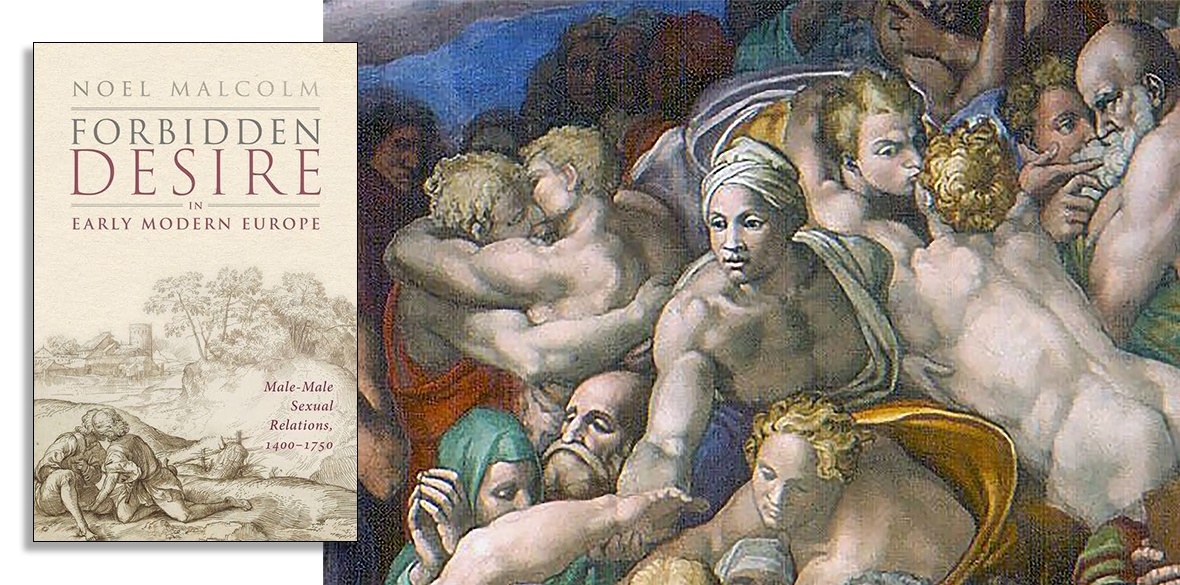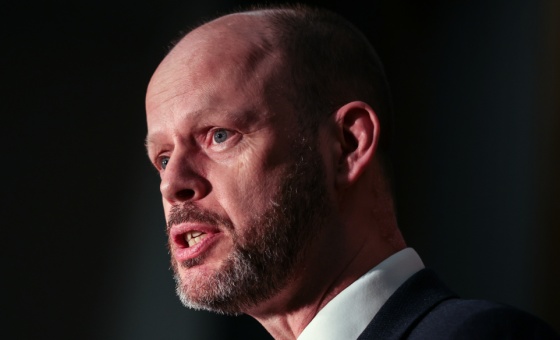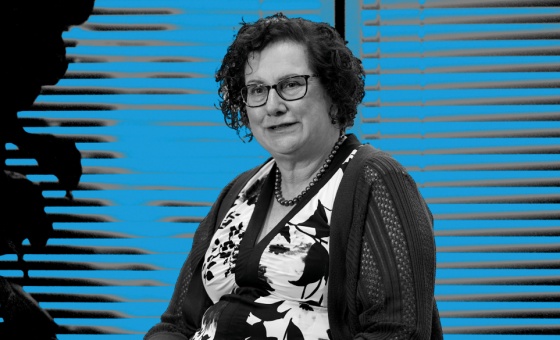This is the last article you can read this month
You can read more article this month
You can read more articles this month
Sorry your limit is up for this month
Reset on:
Please help support the Morning Star by subscribing here
Forbidden Desire in Early Modern Europe, 1400 - 1750
Noel Malcolm
OUP, £25
THE lauded historian Noel Malcolm begins Forbidden Desire in Early Modern Europe by relating an account of how, in 1558, in the household of the Venetian embassy in Istanbul, two young male pages were repeatedly seen flirting and kissing. Other downstairs workers didn’t actually seem to mind, and some were diverted and amused. Those in charge were concerned enough to document and suppress the blandishment, as they didn’t want the household to be seen as resembling local Muslim equivalents, where convention condoned acts of sodomy – or was this just a smear?
Disquisition follows on a grand symphonic scale and the reader is launched into myriad calibrated thoughts. Why are men so strange? Where does recreation end and denigration begin? Is it illuminating or alienating to peer at carnality through a prism of historical and cultural shifts?
Pleasure notwithstanding, male-male sexual relations at the Ottoman end of early modern Europe was a complex barter. This was sex without progeny, and perhaps also sex without guilt. Malcolm uncovers testament on how the acknowledged beauty of beardless serving boys rendered acts of ravishment well justifiable to male patrons, masters, and owners. Thereafter, as long as the boys hadn’t admitted to getting pleasure from being penetrated (such entry always figured) there would be no serious default on their part. For the youth to parlay nocturnal romp into bribes toward material wellbeing, or access to loftier gains, could be thought wise, but the instant that facial hair appeared, the party would be over.
That much of the above is hard to reconcile with current mores (or perhaps to find any equivalent at all) introduces a curious axis. Cerebral jive ensues. Malcolm’s researched actuality is productively unsettling.
We read how males have simultaneously exploited and policed their bodies, either in ambient ways or more overtly, leaving historical traces in the form of documented prosecutions, poetic justification, and political observation. Men have also established echelons, garrisons, cloisters, galleys, and courtly contexts as double-binds, where a good sodomitic seeing-to would remain in the offing albeit that the threat (or justice?) of “Christian” castrations and decapitations would lurk at the back of the collective mind.
Because the physiognomy of desire is not explored in these chapters, we can only surmise as to why the galvanisation of male-on-male sex ever felt urgent enough to trump the agony of torture or mortal danger. The measurable play of our endorphins – their anxious triggers, subsequent glow and umbrous fades – is not touched upon. Instead, the intellectually agile way in which Noel Malcolm gradually destabilises assumptions and tenets becomes as thematic as his subject matter. We meet his limpid method and his lucid mind.
Travelogue invites comparative thinking. We discover how between 1400 and 1750 European regions differed in the way that male-male sexual relations were viewed, documented, and tackled. We read how there’s more or less recorded torture and confession state by state; such variation in inquisitional methodology making homosexual acts seem more culturally episodic than they really were.
Noel Malcolm’s torrents of worded refutation grip, tease, and sometimes nettle. Halfway down a given page a lengthy paragraph may end: “the short answer to that question is yes.” Where there has been sparse evidence of buggery in 17th-century Kent, for example, the author does not refrain from citing numerous examples to confirm said sparse evidence. A concluding chapter adopts the formula “it is now time to...” as if that introductory moment could not possibly be overdue.
Dry twinkles aside, I felt respect for the measured advance of this work and its call to eschew easy links between a topic of research and current global experience. Homosexuality was only identified as an “identity” in the mid 19th century, after the scope of this history, and the book is a surprising exposition of how to research and argue a slippery subject. Readers are adroitly discouraged from “fixating on the most fully developed concept of modern homosexuality and then sending historians off to search for it in previous epochs.”
This however may deny a catchment. A fully developed modern homosexual may happen to be the person turning the well-argued pages and looking to connect somehow.










